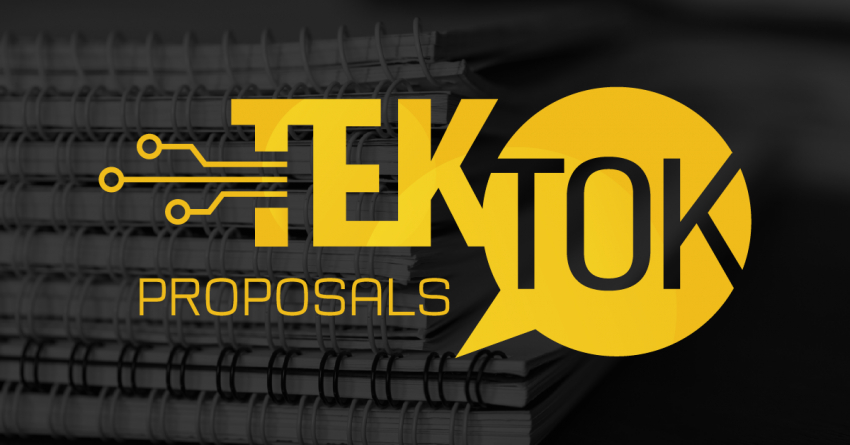Proposals are the heartbeat of AEC firms—consistent in their necessity and life-bringing when successfully on the beat. Because of that, it's crucial for everyone to know the proposal jargon no matter your role in the firm. Make sure your understanding is present and accurate.
- Addendum (Addenda): Written information adding to, clarifying, or modifying the bidding documents. An addendum is generally issued by the owner to the contractor during the bidding process, and as such, addenda are intended to become part of the contract documents when the construction contract is executed.
- Bidding Documents: The published advertisement or written invitation to bid, instructions to bidders, the bid form, and the proposed contract documents including any acknowledged addenda issued prior to receipt of bids.
- Request for Information (RFI): A written request from a contractor to the owner or architect for clarification or information about the contract documents following contract award.
- Request for Proposal (RFP): A solicitation made—often through a bidding process and issued by an agency or company interested in procurement of a commodity, service, or valuable asset—to potential suppliers to submit business proposals.
- Rough Order of Magnitude (ROM): Estimate of costs and time when requirements aren’t specified in early stages of project.
- Creativity: Winning proposals not only answer the RFP; they impress with creativity and persuade with ingenuity as they present information to the client.
- Writing Ability: A winning proposal calls for more than technically correct grammar. At its core, it is a persuasive writing assignment, wherein you must not only showcase the merits of the firm, but also inspire the client to the desired action.
- Design Skills: Winning AEC proposals are built on quality design. Lacking a design element, the proposal will read as a bland series of black and white text. Writers should likewise be thoughtful with their layout, and consider how the proposal will be read, i.e, on a device or as a physical document.
- Business Acumen: An in-depth understanding of the project being proposed and the strategies, decisions, and capabilities that impact the success of that project.
- Industry Expertise: Expounded by a section on the firm’s honors, awards, and qualifications. This should be more than a list of accolades and instead demonstrate the firm’s unique qualifications and ability to do what other firms cannot. If it is exceptional client service, then this section should highlight the ways in which the firm goes above and beyond for its clients.
- Digital Assets: Architects, builders, designers, and engineers all rely on digital assets to showcase their work, demonstrate their capabilities, and promote their brand. As such, digital assets like charts, data tables, property images, 3D renderings, and branding material are also an integral part of the proposal creation process.
- Project Understanding: Or project description in a proposal. A high-level overview of the project’s objective, its essential qualities, and the reasons why the firm would like to undertake the project.
- Cover Letter/Letter of Interest and Executive Summary: Distinct from the cover page. The cover page is usually artful and contains branding material like the firm’s logo, whereas the letter of interest and executive summary answer the question, “What can your firm do for me, and why should we hire you?”
- Scope of Work (SOW) and Technical Approach: A fundamental piece of every AEC proposal, meant to describe what the firm is looking to achieve as a result of the RFP. The SOW also helps to ensure that the firm meets the needs of the clients and establishes the parameters of what could be included in the resulting contract.
- Project Management and Project Execution Plan (PEP): The PEP is the section of an AEC proposal that governs project operations and management. It also establishes in appropriate terms what will be done to meet the project scope and contractual requirements.
- Relevant Experience and Team Resumes: A section of an AEC proposal where the client gets to meet the team, especially any key personnel. Regardless of the agency, customer, or project, the resume section of your proposal should contain relevant experience, education, certifications, and training. This information should be readily available and easy to access.
- Pricing: The pricing section contains the cost of the project, which can either be too expensive or just right. It doesn’t matter how good your proposal is if your bid is five times more expensive than other firms.






